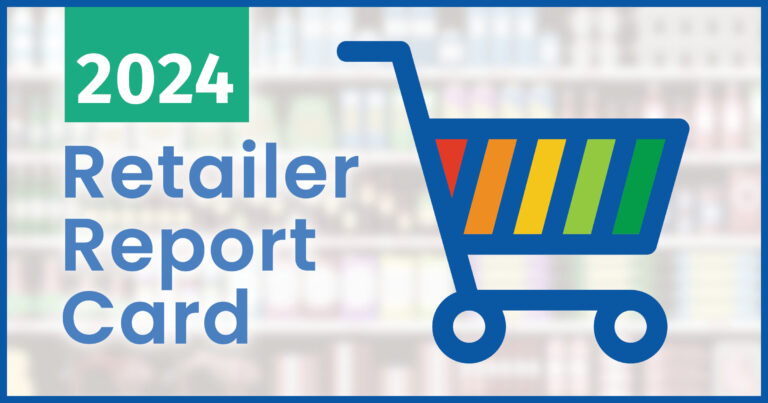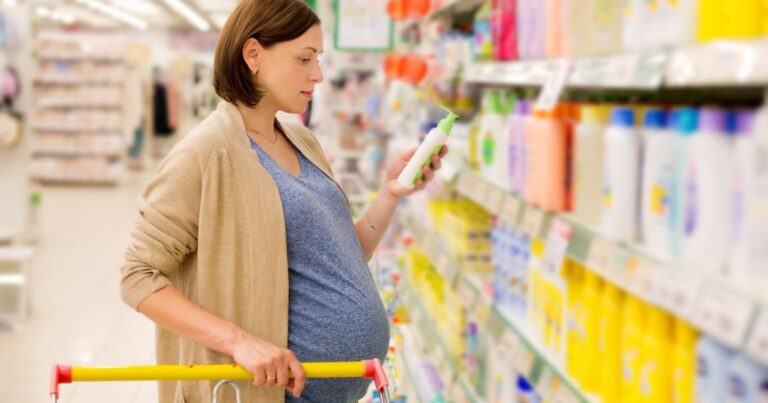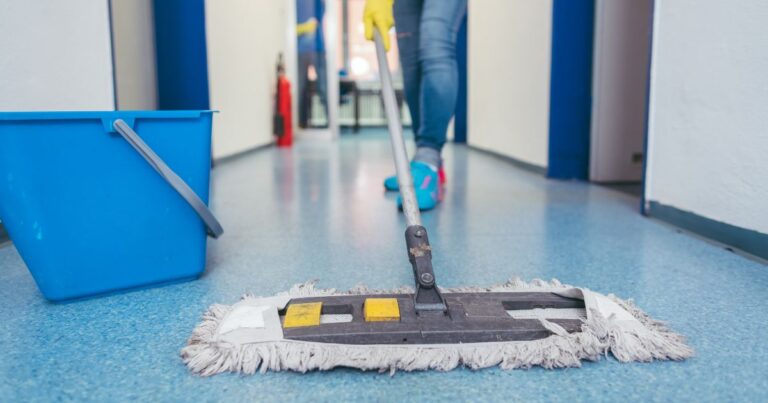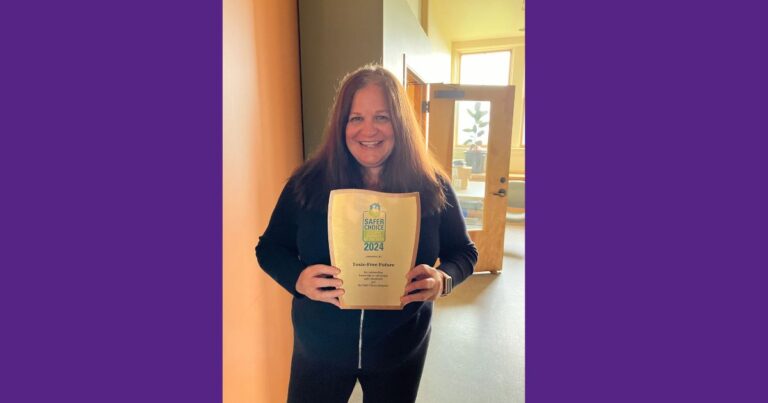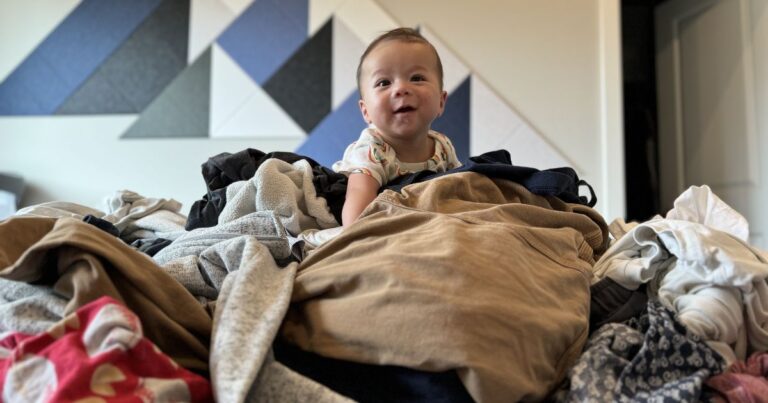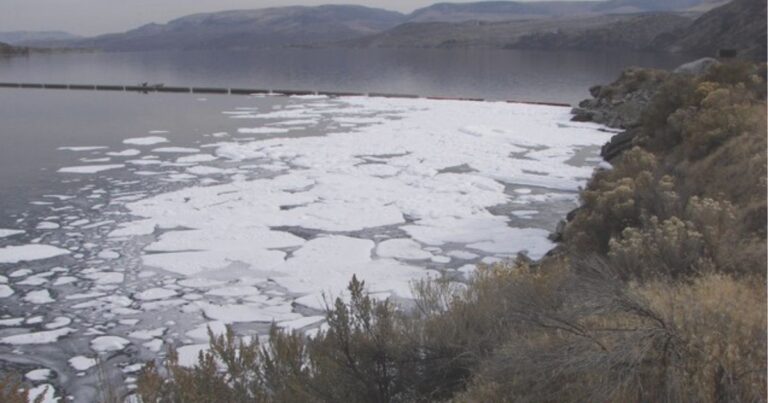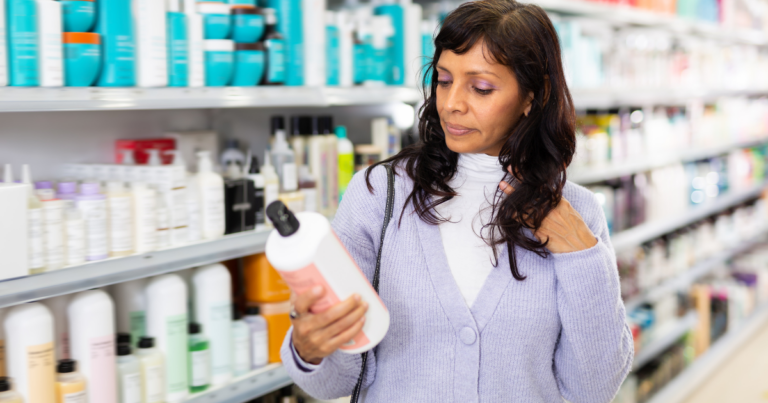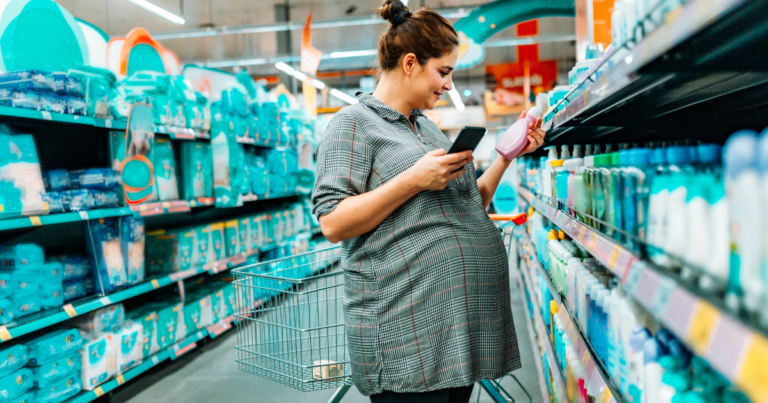Expand Safer Choice
What is EPA’s Safer Choice?
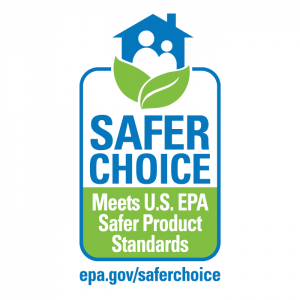
Safer Choice labels are helping to transform the marketplace. By giving consumers an assurance that a product avoids many known hazardous chemicals and has been vetted by the government, it also gives major brands and retailers incentive to reformulate their products with safer alternatives.
To get a Safer Choice label, companies have to submit the full ingredients to EPA. Nothing can violate the standard, including the “inert” ingredients or fragrance components. EPA also helps companies identify safer alternatives to problematic ingredients.
EPA’s Safer Choice program can help you buy safer products.
The products certified under the Safer Choice program must meet certain safety standards. They cannot contain chemical ingredients that are known to contribute to most human health and environmental problems. That means no carcinogens, reproductive toxins, or brain-damaging chemicals, or chemicals that harm aquatic life, for example.
EPA has looked at the function that different problematic chemicals perform in each product category and has identified safer alternatives, and has compiled and maintains a Safer Chemical Ingredient List that companies can use to meet the standard.
Act Now!
The Problem
When you’re shopping, you may be surprised to find that products on store shelves and online are not required to contain ingredients that don’t threaten health and pollute homes, drinking water, and communities.
While our goal will always be to win strong regulations that will keep such hazardous chemicals out of products, EPA’s Safer Choice label program helps protect you and your family today. The Safer Choice label on a product assures consumers that each ingredient has been evaluated for its hazard and the most dangerous chemicals like PFAS, phthalates, and formaldehyde are prohibited.
Currently, the program covers relatively few product categories, such as cleaning products, laundry detergents, and car cleaners. To meet the growing demand for safer products, EPA must dramatically expand Safer Choice to include products like cosmetics, personal care products, and formulated building products that often contain highly hazardous unregulated chemicals like PFAS that threaten our families’ health.
EPA’s Safer Choice does not currently address cosmetics and personal care products.
Thousands of cosmetics and personal care products are used by people every day, and the chemicals used to make them are largely unregulated by the federal government. While the Safer Choice program does not currently evaluate such products, it certainly should.
Cosmetics are widely used, especially by teenagers and women of childbearing age, and chemicals linked to cancer and developmental and reproductive harm clearly don’t belong in cosmetic products and personal care products.
Cosmetics don’t just stay on our skin. We can also inhale the chemicals or ingest them from products like lipstick. Chemicals used in cosmetics are even being found in breast milk. Toxic-Free Future’s 2021 peer-reviewed study found PFAS in 100% of breast milk samples tested. The study also found that globally, detections of PFAS currently being used in products like cosmetics and textiles have been doubling every four years.
Consumers can be exposed to harmful chemicals, and products with these toxic ingredients can also cause larger-scale pollution problems during manufacture and disposal. Hazardous chemicals can be released into water, exposing fish and other organisms when beauty and personal care products are flushed down the drain.
Beauty Justice: Women of Color Are Disproportionately Exposed
Certain beauty and personal care products with toxic ingredients are used in greater quantities by people of color, resulting in disproportionate exposures to vulnerable communities. Products like skin lighteners, hair relaxers, and acrylic nails that are often marketed to people of color or applied to customers by people of color contain some of the most dangerous ingredients in cosmetics, such as formaldehyde. Recent studies have found that women who regularly use hair straighteners have an increased risk of developing uterine cancer and breast cancer, which is concerning because hair straightening products are often marketed to black women.
The Solution
The solution is to expand EPA’s Safer Choice program.
Toxic-Free Future is advocating for the EPA to expand the Safer Choice program to other categories of products, especially beauty, personal care, and formulated building products, a view that we have reiterated in several meetings with the program’s leadership.
Previously, EPA invited public comment on expanding the scope of the program to more product categories. Working with NGO partners in the environmental health, environmental justice, and consumer protection arena like Environmental Working Group, WEACT for Environmental Justice, and Consumer Reports; concerned businesses like Sephora, Beautycounter, Credo, Naturepedic, and Seventh Generation; and investor groups, we submitted collaborative comments in support of extending the program to personal care products.
We filed our own technical comments, encouraged businesses and NGOs to do the same, and we submitted a petition signed by our supporters to EPA. Many other organizations and businesses, including the National Retail Federation and the Honest Company, also submitted comments in support of the expansion of the program to beauty and personal care products.
We will continue to advocate for the EPA and the White House Council on Environmental Quality (CEQ) to expand the program in the months ahead. We need your support to make this happen!
Resources
Toxic-Free Future Resources
Recent posts on Safer Choice
